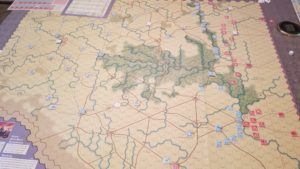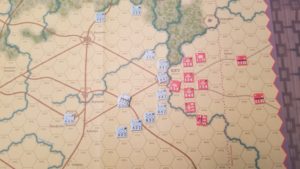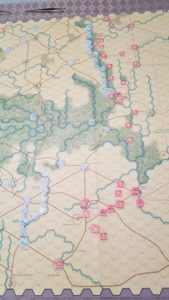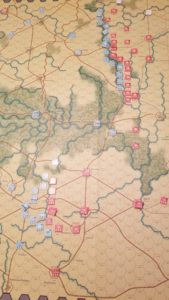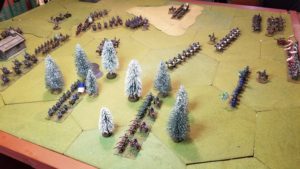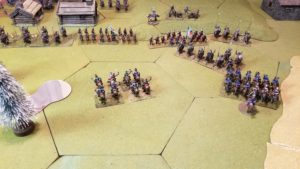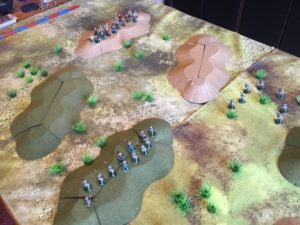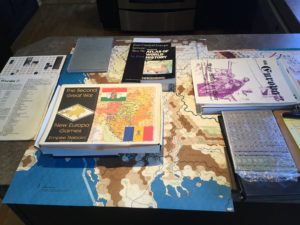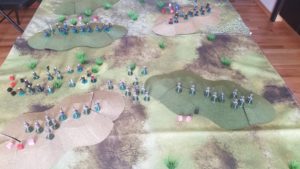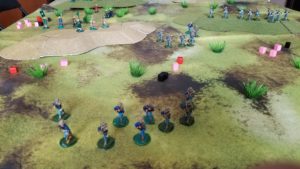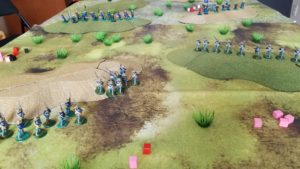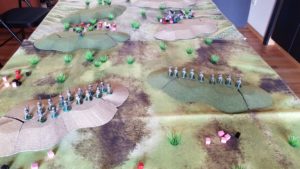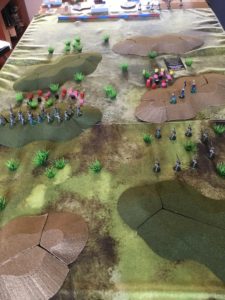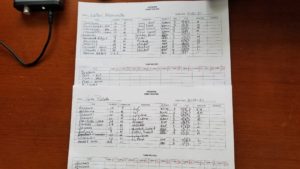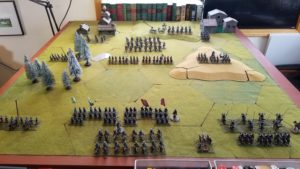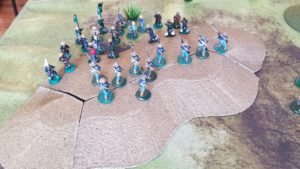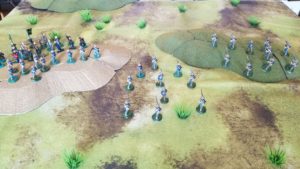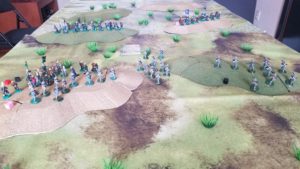I have each of the four games comprising SPI’s Central Front Series covering a hypothetical Warsaw Pact versus NATO conflict in the 1980s.
The system has a following, and has evolved. Here’s a link to some downloads.
Finally set this up after some 40 years of procrastination. And then, procrastinated another two months before I sat down to actually do more than stare. Plenty of rules reading during the interim – isn’t that a good substitute for action? – but no pushing of cardboard.
I would characterize the game as operational, but a far, far more granular approach then, let’s say, The Third World War. So, Grand Tactical?
This thread at BGG does a great job of describing the game’s characteristics, warts (with that emphasized) and all. Each of the perspectives is valid.
The thought that really resonated with me is Jason Cawley’s comments about “Analysis Paralysis”.
On a macro level, my entire involvement with this game reflects this. I intended to use the updated and comprehensive rules. Too much of a slog. My compromise was to use the rules as updated after the publication of BAOR. Too much of slog, especially given my manic habit of having about three games set up at any one time (yes, any vacant horizontal space is at risk at The Pine Cone Lodge). Finally decided “Just use the original rules and play the damn game. It’s a helluva lot easier to flip through five pages of rules than thirty.”
Sage Self Advice.
After getting on it, I discovered I couldn’t manage all of the map and so focused on one section and its units. This reduced scope allowed me to play out the initial turn and grasp the rules.
Yes, the friction points mechanic is a bitch. Yes, the Combat Results Table (CRT) is a bitch. Yes, the stacking limits and pesky NATO “Ants” are a bitch.
The turns do seem endless. There are any number of courses of action for the Soviets.
But that’s all part of the system’s charm.
After all, beauty is in the eye of the beholder.
But, it isn’t love and I don’t know if I will finish the game much less play the other ones in the series. Who knows, maybe I’ll put them up for sale, or consign them to even more time in Box Purgatory.
But, the process has not been a waste of time.
